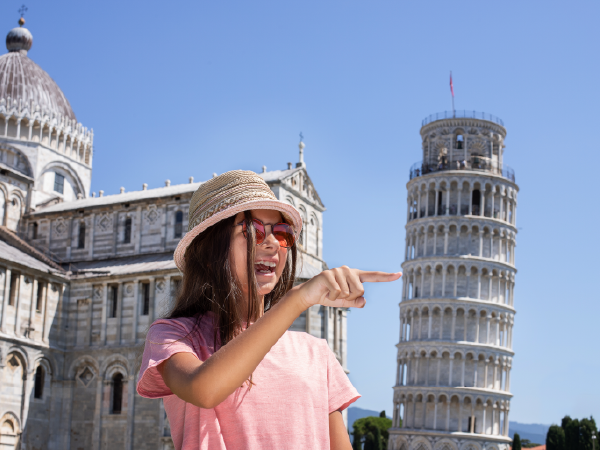
Grade:
Topic:
Unit:


In this lesson mini, students explore architectural concepts, famous architects, and iconic towers. They analyze architectural elements, learn about architect Jeanne Gang through video and discussion, design their own buildings, and research famous towers. Activities include reading articles, analyzing videos, engaging in group projects, and giving presentations to enhance students’ understanding of the historical and cultural significance of architecture.

Minutes
Minutes
Minutes
Minutes
Minutes


Level-up current events into dynamic learning!